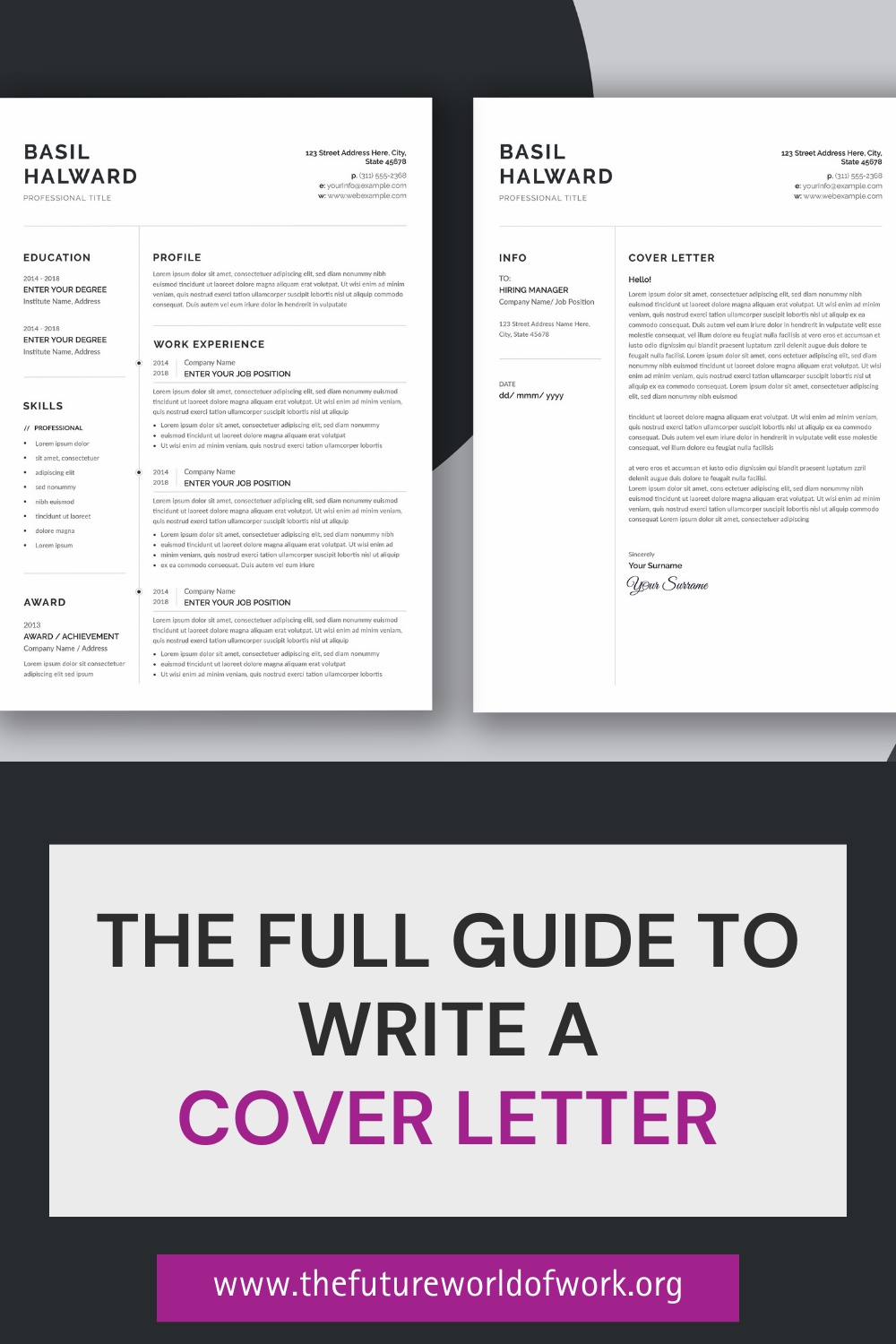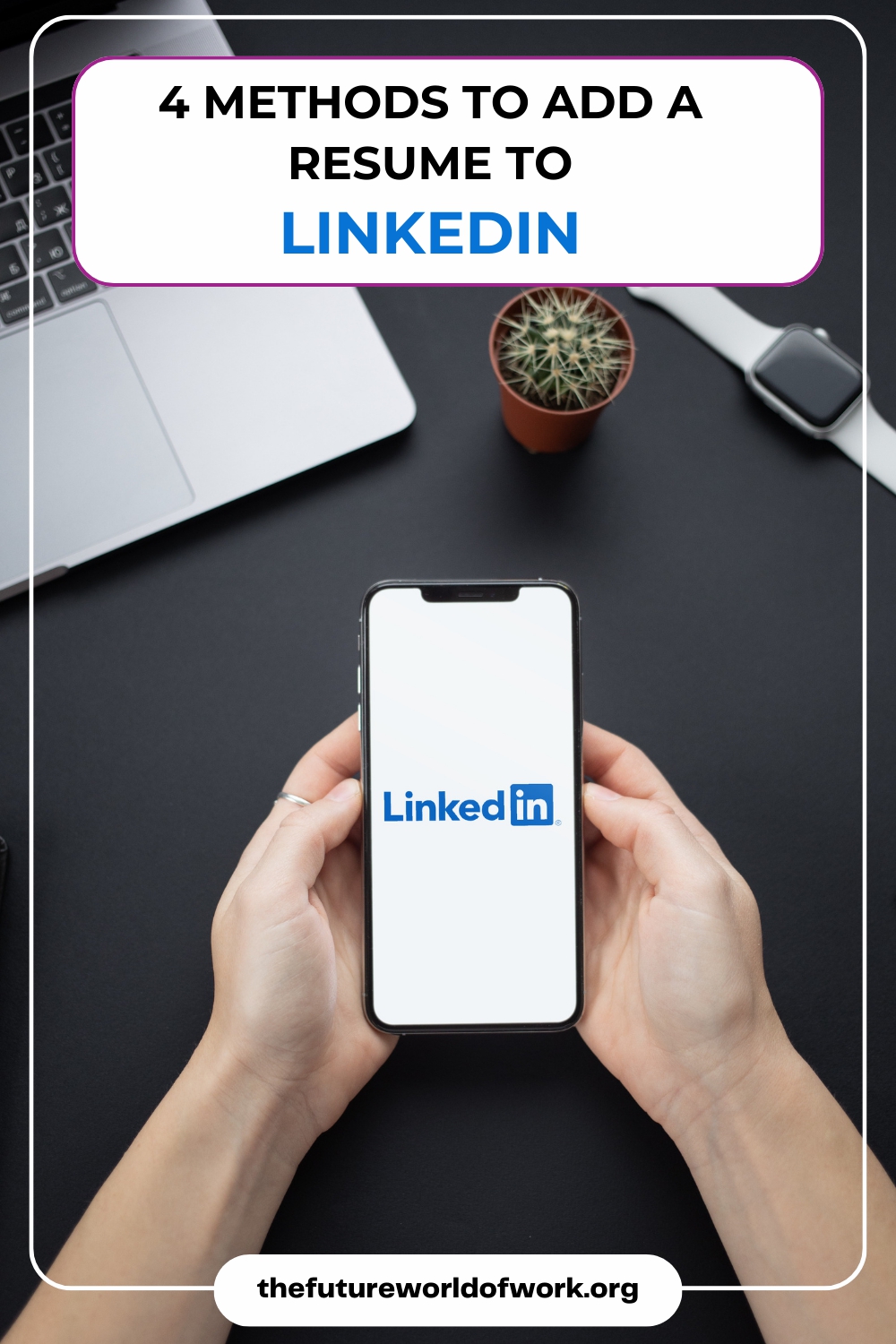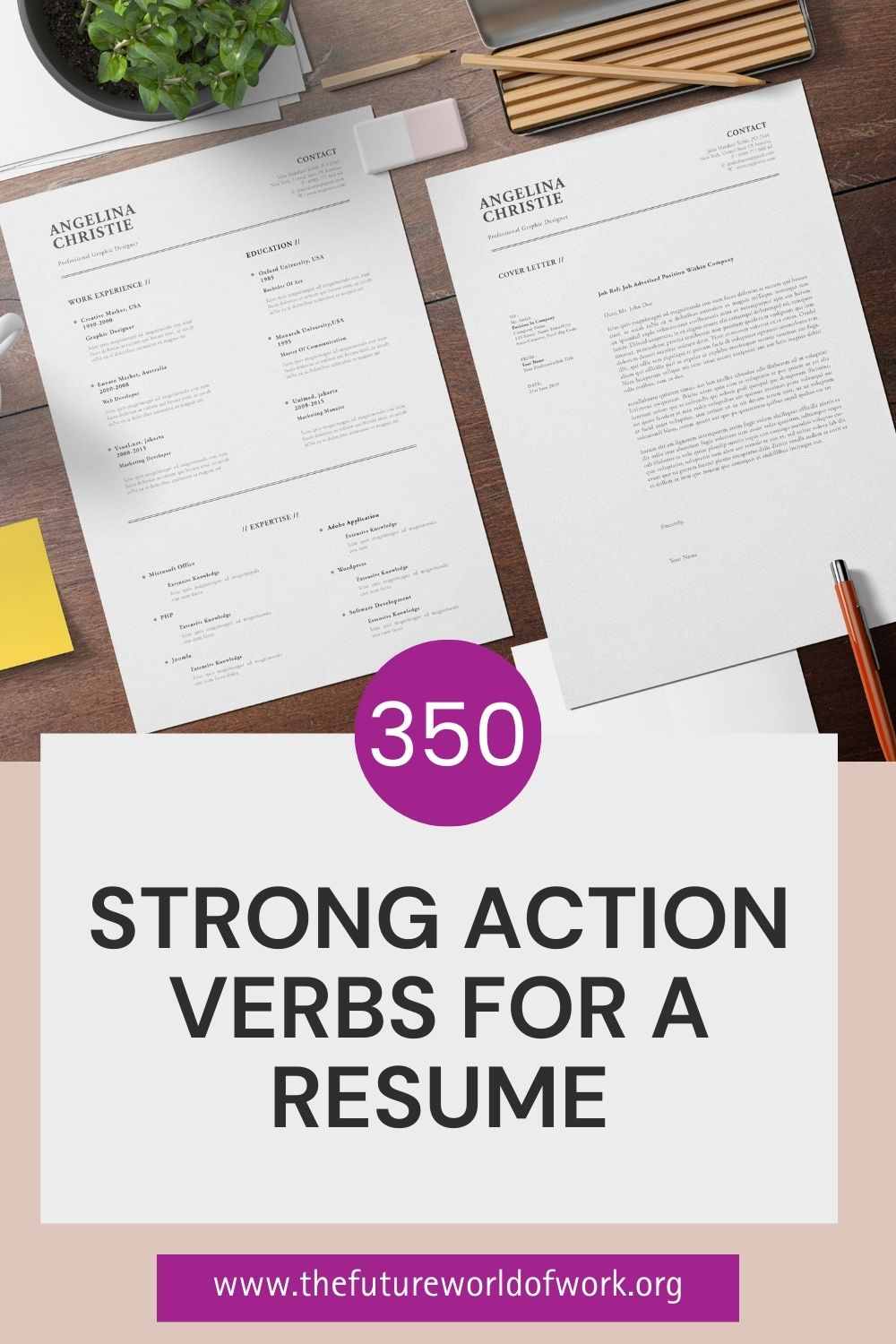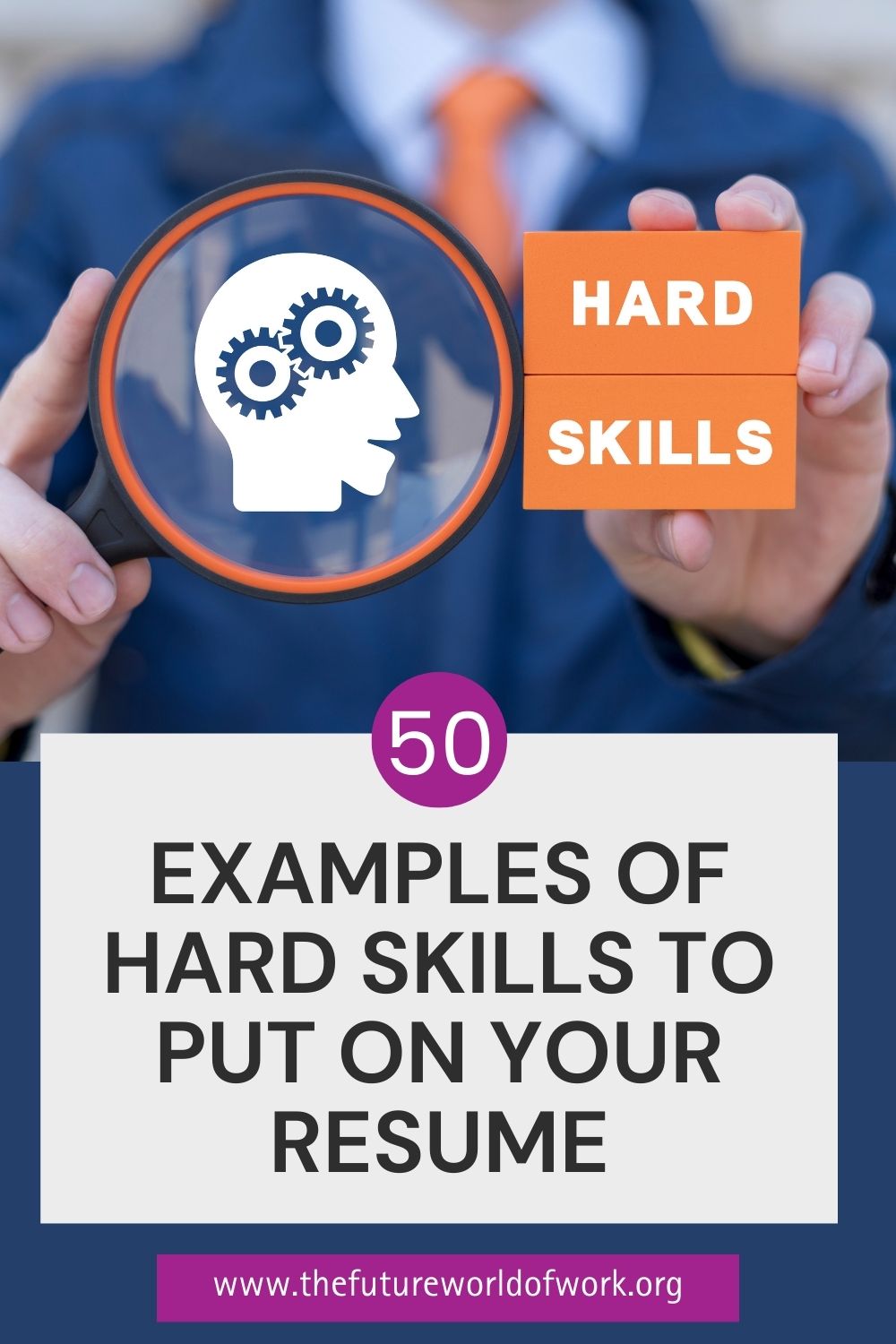When you’re in a job interview, you can almost bet on being asked about your problem-solving experiences. This skill is always high on employers’ wish lists. Walk in with a few solid examples up your sleeve and talk about them with confidence – that’s what grabs their attention.

In this post, I’ll guide you through picking the right problem-solving in workplace examples and articulating them in a way that will make you stand out.
In this article:
What is Problem Solving?
At its core, this skill is all about spotting issues and then working out the smartest ways to sort them out. In the workplace, this skill keeps things running smoothly because challenges always pop up.
In any job, you’re bound to bump into a range of problems. It could be meeting a tight deadline, handling customer complaints, or resolving misunderstandings among team members. Each of these difficult situations needs a cool head and a clear strategy.
Dealing with these issues well is crucial because it keeps the wheels turning. Effective problem-solving means fewer hiccups in projects, better teamwork, and happier customers. It’s like oiling the cogs of a machine.
That is why interviewers like myself often drill down into the candidates’ problem-solving abilities with questions like “Tell me about a time you solved a problem” or “Can you describe a situation where you had to overcome a significant challenge?“
We want to know if you’re the kind of person who faces challenges head-on or if you tend to sweep them under the rug. We’re looking for someone who not only spots issues but also comes up with smart solutions and puts them into action. It’s all about ensuring that, when the going gets tough, you’ve got the skills to keep things on track.
How to Answer Problem-Solving Interview Questions

When you’re in an interview and asked about problem-solving, it’s a golden opportunity to show your skills. In my experience, a great approach is to use the STAR technique. This strategy helps structure your answer in a clear and compelling way.
Let’s break down what each part of STAR stands for:
- Situation: Describe the context within which you had to solve a problem.
- Task: Explain the actual problem or challenge you were facing.
- Action: Describe the actions you took to address the problem.
- Result: Share the outcomes of your actions.
Situation
In this step, your goal is to give the interviewer a snapshot of your scenario.
Let’s say you had to deal with a significant drop in team morale and productivity. At the beginning of your response, you want to set the context for your story. This should include where you were working, your role, and the initial problem.
The key here is to be concise but provide enough detail to paint a clear picture like this:
“In my previous role as a team leader, I noticed a sudden drop in team morale and productivity. This was unusual for our normally energetic and efficient team.”
Common Situations
Here are some other common situations you can mention in your answer:
- Resolving an issue with a difficult client when they complain about a product or service
- Figuring out a solution when equipment or technology breaks down or fails
- Dealing with a mistake you’ve made on an important project
- Handling a tight deadline when unexpected challenges threaten completion
- Settling a dispute between colleagues who aren’t getting along
- Improving productivity for a team that is underperforming
- Persuading colleagues to get on board with an idea they are resistant to
How to Answer With Limited Experience

Don’t worry if you just graduated or have little work experience. Think about examples from school group projects, internships, or part-time jobs like these:
- Coordinating schedules for a group presentation when everyone has different availabilities
- Resolving a disagreement over roles for a big class project
- Finding ways to improve your team’s process when a professor gives feedback
- Managing deadlines and deliverables with classmates who had competing priorities
- Convincing peers to adopt your proposed solution for an assignment
- Addressing complaints from a classmate about unequal workloads
Task
Clarify the problem you had to tackle. What was expected of you? What complex challenge did you need to address? Here, you’re setting up the specific problem that you were tasked with solving.
Remember, the focus is on the problem, not yet on your actions. Using the above example, here is what you can talk about:
“My task was to identify the causes of this decline and implement a strategy to boost morale and productivity. I needed to make sure our team could return to its usual high-performance level.”
Action
Describe the steps you took to solve the problem. Think about how you analyzed the situation, decided on a course of action, and implemented it. It should show your critical thinking and analytical skills.
Example:
“To tackle this, I first conducted one-on-one meetings with team members to understand their concerns and gather feedback. Based on these insights, I realized that a recent change in company policy was causing stress.
I advocated for my team’s concerns with upper management and worked with them to modify the policy. At the same time, I initiated team-building activities and regular check-ins to foster a more supportive and open team environment.”
Result
Finally, talk about the outcomes of your actions. Employers want to know your problem-solving drives real improvements. Also, highlight any positive feedback from your boss or team members, and if possible, quantify the success.
Example:
“As a result of these actions, we saw a significant improvement in team morale within a month. Productivity levels bounced back, and the team’s overall satisfaction with their work environment increased.
This experience not only taught me valuable lessons about team dynamics but also reinforced the importance of proactive communication and advocacy for team needs.”
Here are some other outcomes to highlight in your answer:
- Resolving an issue with a difficult client: Client satisfaction restored, future business secured
- Fixing broken equipment: Equipment operational again, no more disruptions to operations
- Dealing with a mistake: Error corrected, a new process implemented to prevent recurrence
- Handling a deadline: Project completed on time, client received deliverable as promised
- Settling a dispute: Conflict resolved, team collaboration and morale improved
- Boosting team productivity: Increased output, goals reached, performance metrics improved
- Persuading colleagues: Proposal approved, a new initiative launched successfully
5 Examples Of Problem-Solving Skills

1. Improving Collaboration in a Stalled Project
Here is a sample you can use when explaining how you improved team collaboration on a project:
“Our team was tasked with developing a new financial management web application. However, we hit a snag and missed two crucial milestones. The core issue was a breakdown in communication – team members were not proactively sharing updates on delays or challenges they encountered.
To address this, I instituted daily 15-minute standup meetings. These sessions provided a platform for everyone to voice concerns and update the team on their progress. We also started tracking tasks in a shared spreadsheet so everyone had more visibility into the project.
Within two weeks, collaboration and communication improved significantly. We renegotiated the timeline with stakeholders, and the project team delivered the web app only 1 week after the original deadline.
The processes we put in place didn’t just help us with this project but also significantly boosted our efficiency on later projects.”
2. Revitalizing a Marketing Campaign
This is how you can describe a time you turned around a marketing campaign:
“In my last marketing role, I was responsible for a campaign promoting a new line of eco-friendly skincare products. Midway through, we found that our engagement metrics were dismal, particularly with our targeted demographic of people aged 20-30.
Upon reviewing our approach, I realized our messaging was too generic and failed to connect with this specific group’s interests and values. I spearheaded a strategy shift, focusing on the environmental benefits and ethical sourcing, aspects we found resonated more with a slightly older demographic, females aged 25-35, who were more invested in sustainable living.
We also pivoted our advertising to platforms popular with this demographic, like eco-conscious lifestyle blogs and organic beauty forums. This shift led to a 40% increase in engagement and contributed greatly to the success of our product launch, exceeding our initial sales targets.”
3. Streamlining Operational Processes
Here’s an example to illustrate how you tackled inefficiencies in operational processes:
“As an operations manager at a mid-sized electronics manufacturer, I noticed our product delivery was consistently delayed.
I identified the root cause as a bottleneck in our supply chain. In particular, a stage where manual data entry from manufacturing to logistics was causing significant hold-ups.
Realizing the need for efficiency, I proposed automating this stage. We collaborated with the IT department and implemented a barcode scanning system that integrated manufacturing output with our logistics database.
This change cut down the processing time by 30%, drastically improving our on-time delivery rate. It not only led to an upswing in customer satisfaction but also streamlined our inventory management, reducing both operational delays and costs.”
4. Resolving Communication Barriers Between Teams
This example demonstrates a solution for inter-departmental communication issues:
“In my previous role, I observed recurring conflicts between the sales and product development teams. These were mainly due to misunderstandings and a lack of clear communication about product updates. This led to promises being made to customers that the product team couldn’t fulfill.
To bridge this gap, I proposed and facilitated a series of joint workshops between the two teams. These sessions focused on aligning the teams’ understanding of product capabilities and timelines. Additionally, I initiated a bi-weekly newsletter and a shared digital workspace where both teams could update each other on developments and feedback.
The result was a significant improvement in inter-team collaboration. The sales team was better informed about product limitations and timelines, leading to more realistic commitments to customers.
Meanwhile, the product team received valuable market feedback directly from the sales team. It helped them tailor developments to customer needs. This collaborative approach not only reduced conflicts but also led to better product-market alignment.”
5. Resolving Customer Complaints and Enhancing Service Quality

This highlights an approach to customer service challenges:
“In my role as a customer service manager, I was faced with increasing customer complaints regarding delayed response times. This issue was affecting customer satisfaction and had the potential to harm our company’s reputation.
I started by analyzing our customer service processes and discovered that our response system was outdated and inefficient. To rectify this, I led the implementation of a new customer relationship management (CRM) system that streamlined our customer service workflow.
This system included automated responses for common queries and a more efficient ticketing process for complex issues. I also organized a series of training sessions for the customer service team to ensure they were well-versed in using the new system and could provide more effective solutions to customers.
Implementing these changes led to a huge reduction in response time and a significant drop in customer complaints. Our team also received positive feedback for improved service quality, which was reflected in our customer satisfaction surveys.”
Tips on Improving Problem-Solving Skills
Problem-solving is a career-long skill, not just needed for some interviews. Whether you’re a newbie or a seasoned pro, honing these skills can make a big difference in how you handle challenges at work.
Understand Before Assuming
Jumping to conclusions can be a trap. When a problem arises, take a step back and get a clear picture of what’s actually going on. This means holding off on assumptions until you’ve gathered all the facts.
Sometimes, the real issue isn’t what it seems at first glance. Doing a bit of digging to understand the root cause can lead you to a more effective solution.
Research and Learn from the Past
History often repeats itself, and this is true for workplace problems, too. When faced with a challenge, look into whether similar issues have popped up before.
How were they handled? What worked and what didn’t? Learning from past experiences, whether your own or someone else’s, can be a goldmine of insights.
Brainstorm With Creative Thinking
When thinking about potential solutions, avoid locking yourself into the first idea that comes to mind. Brainstorming can open up a world of possibilities and creative solutions. Don’t be afraid to think outside the box. Sometimes, the most unconventional ideas turn out to be the best solutions.
Always Have a Plan B
Even the best-laid plans can go awry. That’s why having a contingency plan is a must.
Think about what could go wrong and how to contain any further issues. This doesn’t mean you’re expecting the worst, but rather, you’re prepared to handle it efficiently if it does happen.
Team Decisions and Communication
Solving problems isn’t a solo mission. Make decisions as a team and keep everyone in the loop.
Clear communication is a valuable soft skill that helps everyone understand the plan and their role in it. Plus, this is how you can bring new perspectives and ideas to the table and make your solution even stronger.
Timeframe and Flexibility
Set a timeframe for your action plan, but be flexible. If something isn’t working, be ready to pivot and try a different approach. Sticking rigidly to a plan that’s not delivering results won’t do anyone any favors.
See more interview tips:
- How To Write A Follow-Up Email After Interview
- 3 Examples For Thank-You Email After Interview
- 8 Examples of Challenges You Have Overcome At Work
- 6 sample answers of accomplishments at work
- 5 Examples of Problem-Solving in The Workplace
- How To Ask for Feedback After Job Rejection
- How to Explain The Reason for Leaving a Job on Applications
For Interview Question:
Frequently Asked Questions
Are Problem-Solving Skills That Important?
Absolutely. No matter where you work, there’s always a curveball now and then. Having the knack to quickly think on your feet, break down a problem, and come up with a solution is a game-changer.
How Do I Sell Myself as a Problem Solver?
Storytelling is your best bet here. The trick is to paint a picture where you’re the person who spots the problem and then creatively solves it, not just someone who follows instructions.
How Do I Choose Good Examples for a Job Interview?
Pick examples that show you’re not just a one-trick pony. What I find impressive is when someone can demonstrate their thought process – how they analyzed the issue, got creative with solutions, and then put their plan into action.
What Are the Key Attributes of a Good Problem Solver?
They’re the kind of people who don’t rush to conclusions. Instead, they take their time to understand the problem, explore different angles, and weigh their options.
Adaptability is also key – they can roll with the punches and adjust their plans as needed. And, of course, they’re great at getting their point across, ensuring everyone’s on the same page.
What Are the Major Obstacles to Problem Solving?
From what I’ve seen, the big hurdles are often not having enough info, sticking too rigidly to old mindsets, and letting biases lead the way. It’s easy to get tunnel vision, especially if you’re used to doing things a certain way.
Also, not bringing different perspectives to the table can really limit your options.
Conclusion
As you step into the next interview, remember two key things: confidence and clarity. Trust in your abilities and the experiences you bring to the table. Learn how the above problem-solving examples can paint a vivid picture of your challenge and how you tackled it. Most importantly, let those stories reflect your skills and how you can be an asset to any team.








